Discover the captivating Scindapsus Treubii Moonlight and learn how to grow and care for this stunning trailing houseplant. With detailed tips on lighting, watering, soil, and more, you’ll be able to successfully cultivate this unique and sought-after variety in your home.
If you’re a plant enthusiast on the hunt for the latest must-have houseplant, the Scindapsus Treubii Moonlight should be on your radar. This enchanting, silver-hued variety of the Scindapsus family has gained a devoted following among indoor gardeners for its striking good looks and relatively easy care requirements.
With its silvery, heart-shaped leaves and trailing vines, the Scindapsus Treubii Moonlight makes a gorgeous addition to shelves, tabletops, and hanging baskets. But beyond its undeniable visual appeal, this plant is also prized for its air-purifying abilities and low-maintenance needs.
In this guide, we’ll dive into everything you need to know to successfully grow and care for a thriving Scindapsus Treubii Moonlight in your home. From the ideal growing conditions to common challenges, you’ll be equipped with the knowledge to keep this captivating plant healthy and happy for years to come.
Here’s a chart with information about Scindapsus:
| Aspect | Information |
|---|---|
| Botanical Name | Scindapsus spp. (e.g., Scindapsus pictus, Scindapsus aureus) |
| Plant Type | Perennial vine |
| Zones | USDA Zones 10-12, typically grown indoors in colder regions |
| Exposure | Indirect sunlight to partial shade |
| Bloom Time | Rarely blooms indoors; if it does, typically in spring |
| Height/Spread | Varies depending on species and growth conditions; typically vines that can trail or climb |
Understanding the Scindapsus Treubii Moonlight
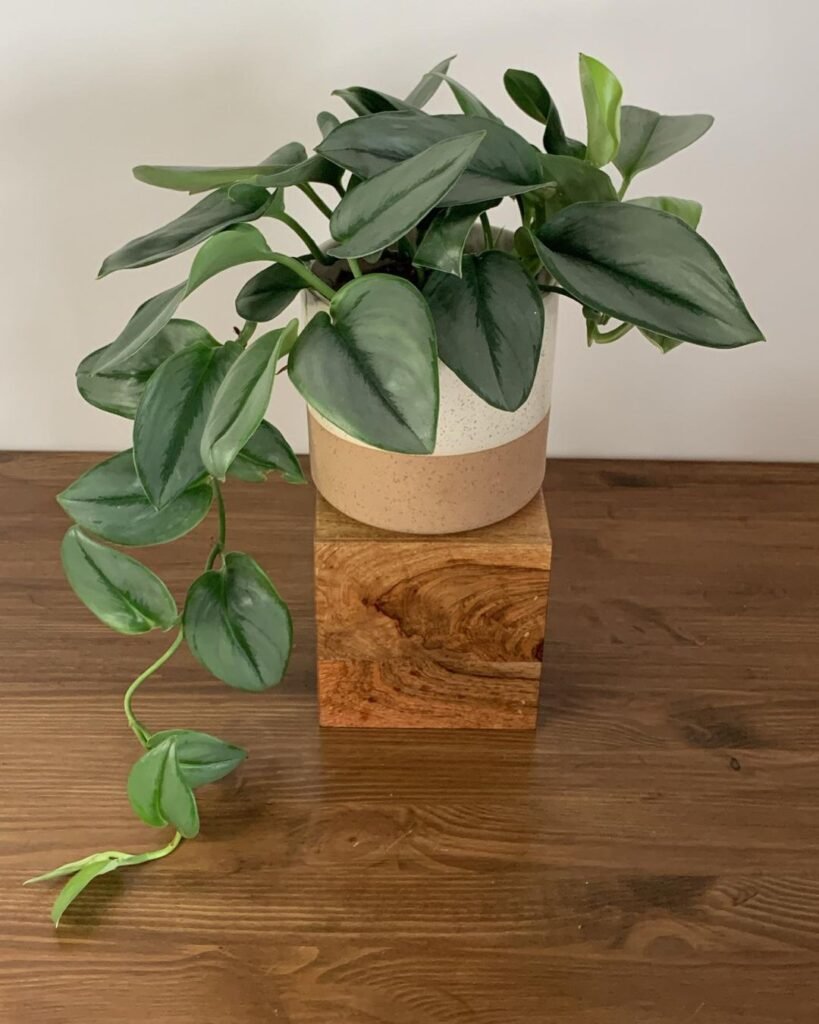
The Scindapsus Treubii Moonlight is a cultivar of the Scindapsus pictus, a tropical vining plant native to Southeast Asia. It’s a close relative of the popular Pothos plant, sharing many of the same growth habits and care requirements.
What sets the Treubii Moonlight apart is its stunning silver-gray foliage. The leaves on this variety feature a striking marbled pattern, with splashes of silvery-white contrasting beautifully against the green. As the plant matures, the leaves also develop a unique, heart-shaped silhouette.
In addition to its good looks, the Scindapsus Treubii Moonlight is also prized for its air-purifying abilities. Like many houseplants, it helps filter out common indoor pollutants, making it a smart choice for improving indoor air quality.
Obtaining a Scindapsus Treubii Moonlight

If you’re eager to add this trendy plant to your collection, your first step is to source a healthy specimen from a reputable nursery or online retailer. Due to its popularity, the Scindapsus Treubii Moonlight can be a bit challenging to find and may come with a higher price tag.
Expect to pay anywhere from $20 to $100 or more for a mature Treubii Moonlight, depending on the size and maturity of the plant. When selecting your specimen, look for one with robust, fully-developed vines and leaves that exhibit a vibrant, silvery tone. Avoid any plants with signs of damage, pests, or disease.
You can also try propagating your own Treubii Moonlight from stem cuttings, which is a more budget-friendly option. Just make sure to source the cuttings from a healthy, disease-free mother plant.
Ideal Growing Conditions for Scindapsus Treubii Moonlight
To keep your Scindapsus Treubii Moonlight thriving, you’ll need to provide the right growing environment. As a tropical plant, it has specific light, temperature, humidity, and soil requirements.
Light

The Scindapsus Treubii Moonlight prefers bright, indirect light. Place your plant in a spot that receives several hours of bright, filtered sunlight each day, such as near a sunny window. Avoid direct sunlight, as this can scorch the delicate leaves.
Temperature

These plants thrive in warm, moderate temperatures, ideally between 65-85°F (18-29°C). Protect your Treubii Moonlight from cold drafts or temperatures below 60°F (15°C), as this can lead to stunted growth and leaf damage.
Humidity
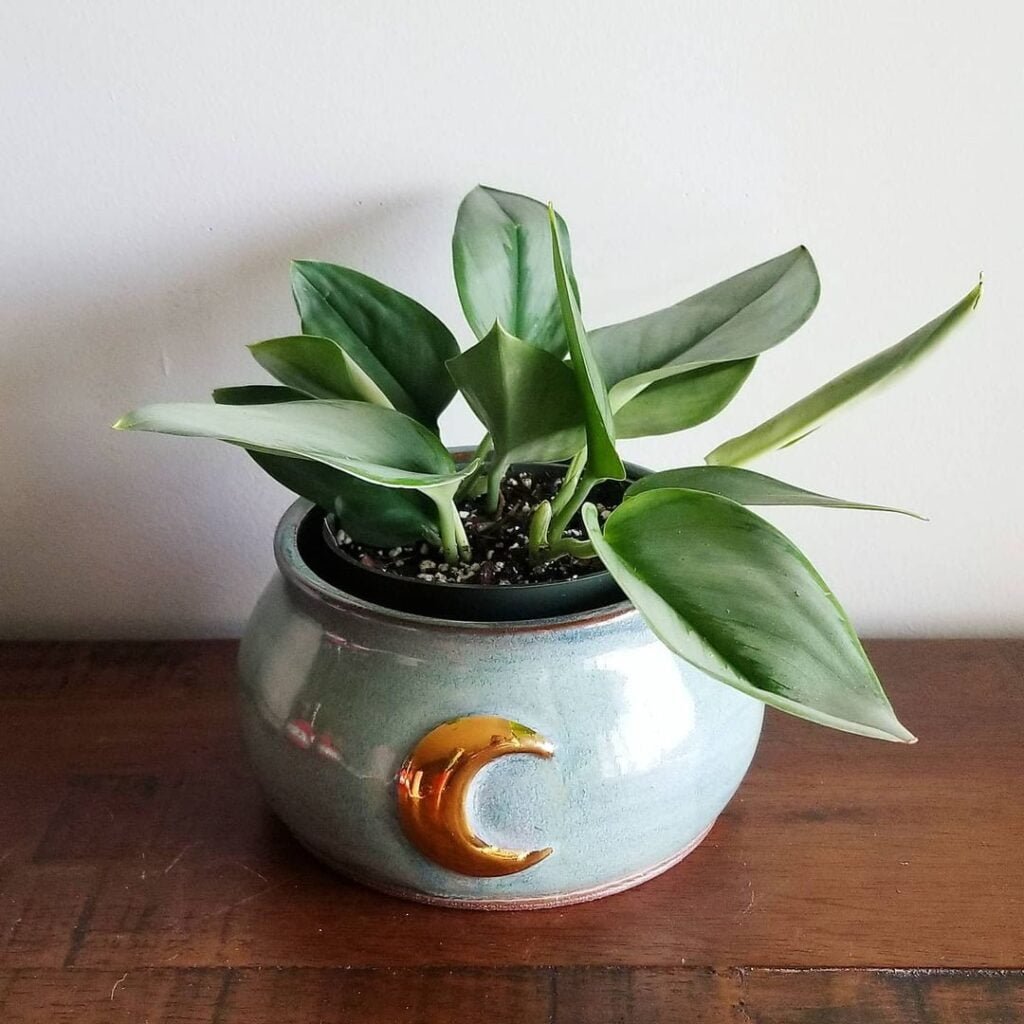
High humidity is essential for the Scindapsus Treubii Moonlight. Aim to maintain humidity levels around 60-80% to keep the plant healthy and prevent leaf browning or crisping. You can achieve this by misting the leaves regularly, using a pebble tray, or placing the plant near a humidifier.
Soil

The Scindapsus Treubii Moonlight prefers a well-draining, nutrient-rich potting mix. Look for a soil formulated for tropical houseplants or create your own by blending together equal parts of peat moss, perlite, and orchid bark. Avoid dense, heavy soils that can lead to root rot.
Watering
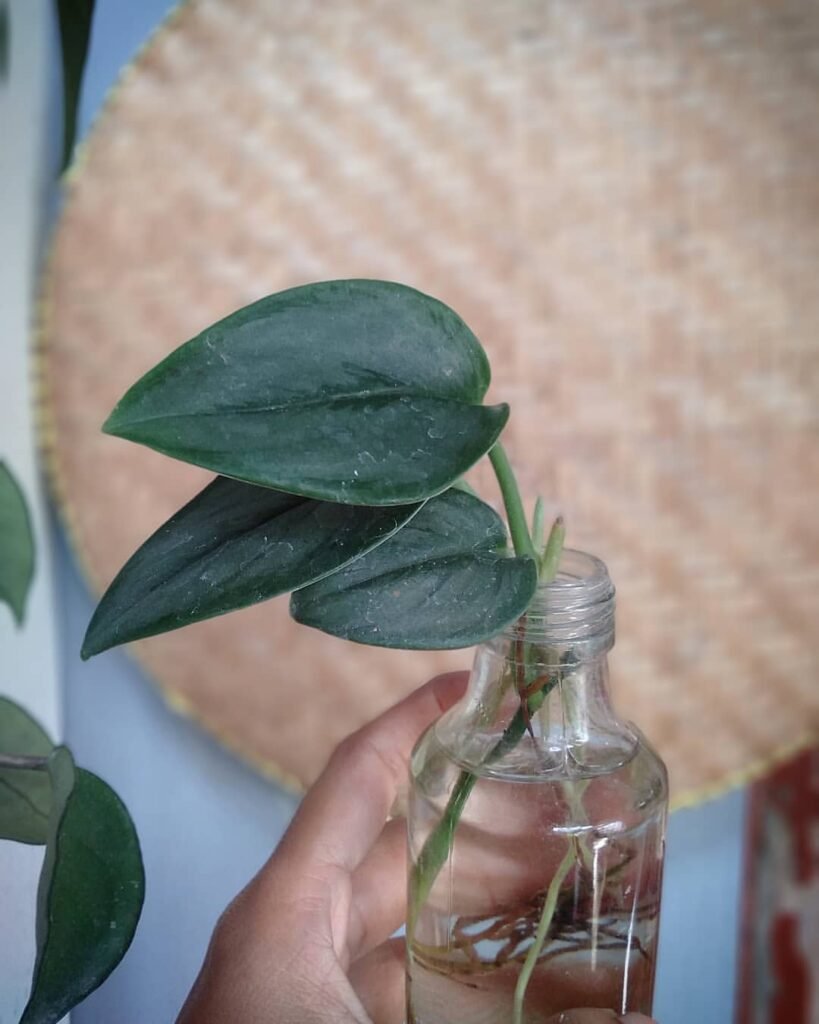
Finding the right watering routine is crucial for the Scindapsus Treubii Moonlight. These plants like their soil to be consistently moist but not waterlogged. Water when the top inch or two of soil becomes dry, taking care not to let the plant sit in standing water.
Fertilizing
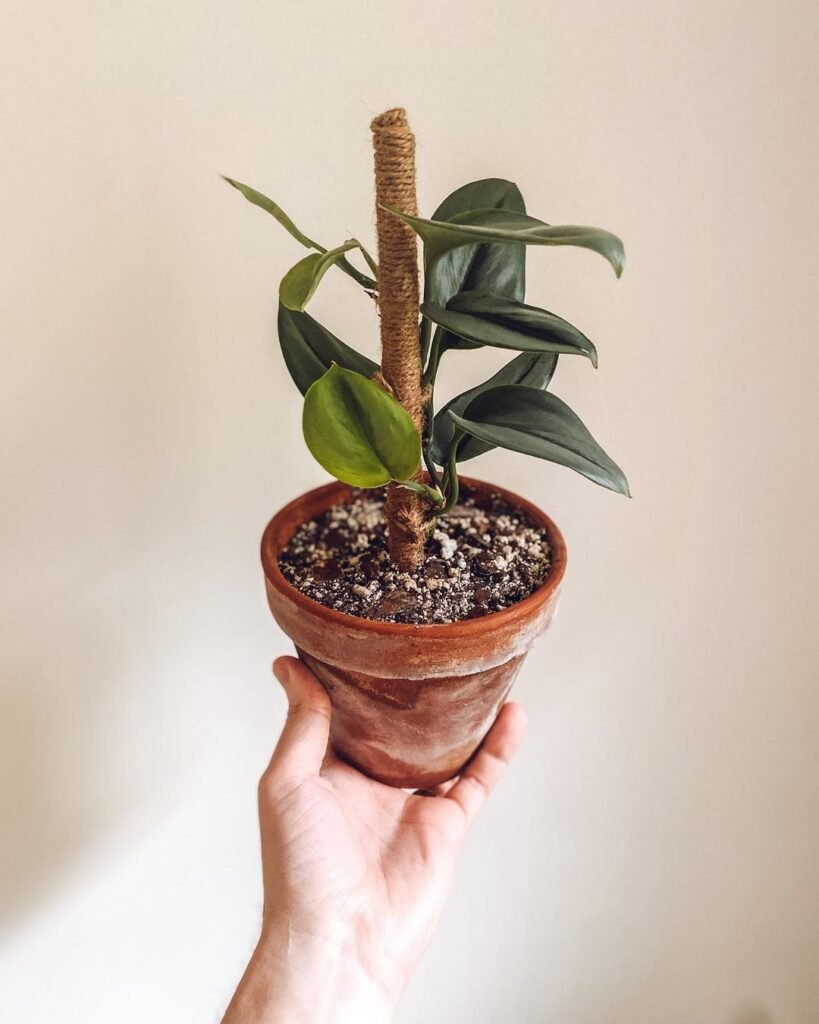
To encourage healthy growth and vibrant foliage, feed your Scindapsus Treubii Moonlight a balanced, water-soluble fertilizer every 2-3 weeks during the spring and summer growing season. Reduce feeding to once a month in the fall and winter.
Pruning and Propagation

Regular pruning can help keep your Scindapsus Treubii Moonlight looking its best. Use clean, sharp shears to remove any dead, damaged, or discolored leaves. You can also prune back wayward vines to maintain the plant’s shape and encourage fuller growth.
Propagating the Treubii Moonlight is a great way to grow your collection. Look for healthy stem sections with at least one node, and root them in water or a well-draining potting mix. With the right care, these cuttings will develop into new, vibrant plants.
Troubleshooting Common Issues
While the Scindapsus Treubii Moonlight is generally a hardy houseplant, it can occasionally run into some common problems. Keep an eye out for these potential issues and address them quickly to keep your plant thriving.
Pests
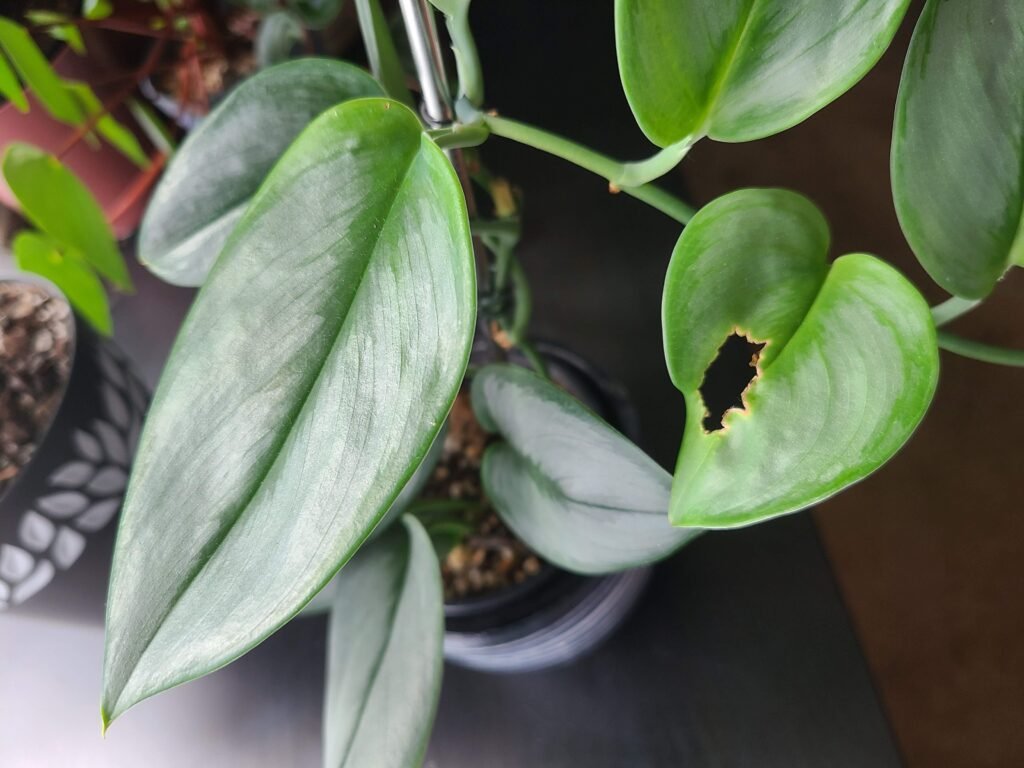
Spider mites, mealybugs, and scale insects are the main pests that can target Scindapsus Treubii Moonlights. Inspect the leaves and stems regularly and treat any infestations with an insecticidal soap or neem oil.
Leaf Discoloration
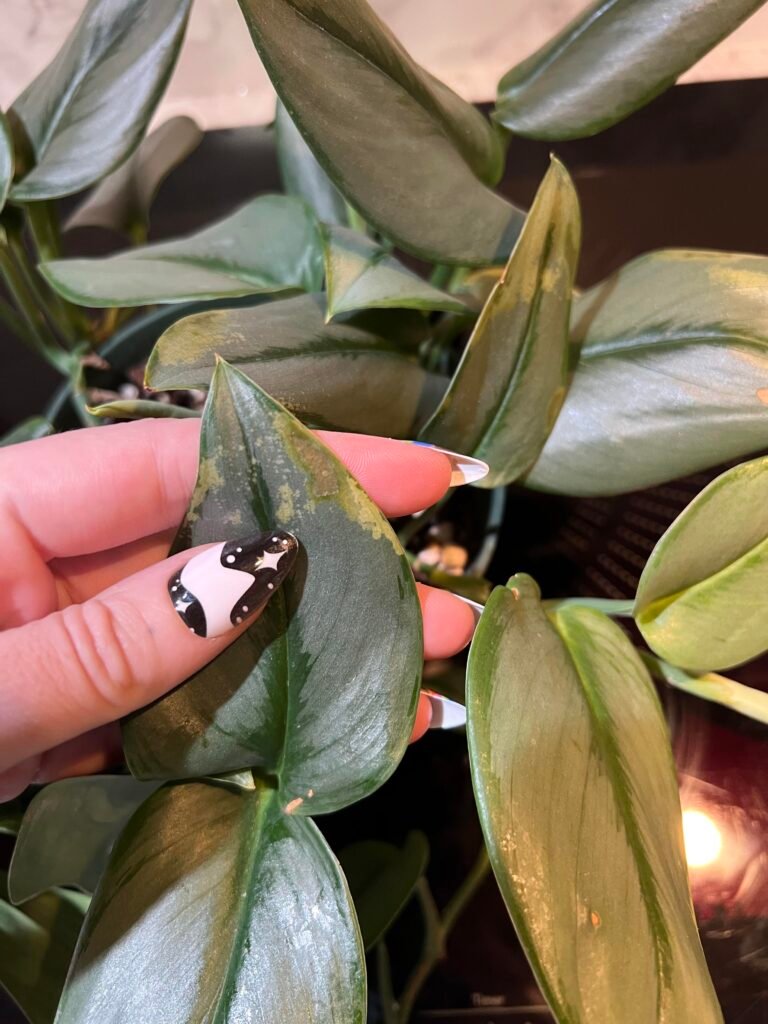
If the leaves on your Treubii Moonlight start turning yellow, brown, or losing their silvery variegation, it could be a sign of an underlying issue. This can be caused by factors like too much or too little light, improper watering, or nutrient deficiencies.
Root Rot

Overwatering is a common problem with the Scindapsus Treubii Moonlight, as it can lead to root rot. If you notice yellowing, wilting leaves or a foul smell coming from the soil, it’s time to check the roots. Carefully inspect the root system and repot the plant in fresh, well-draining soil if needed.
With the right care and attention, your Scindapsus Treubii Moonlight can thrive and reward you with its stunning, captivating foliage for years to come. Just remember to provide the ideal growing conditions, watch for potential problems, and enjoy the process of nurturing this one-of-a-kind houseplant.